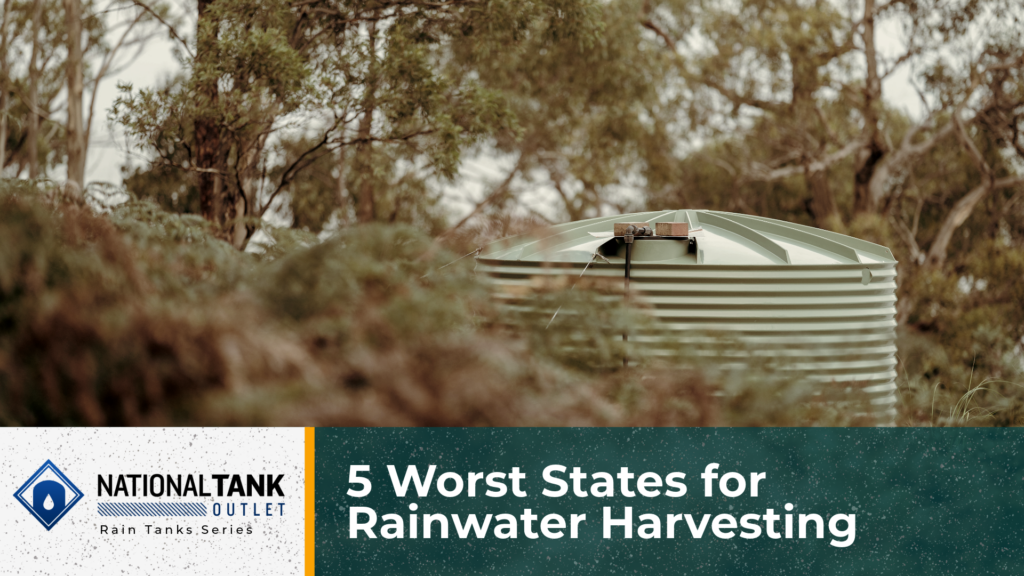
Did you know that rainwater harvesting isn’t legally or practically feasible in every U.S. state? While this sustainable practice is gaining popularity as an effective way to conserve water, some states pose unique challenges that can make the activity difficult or limited. These obstacles may come in the form of restrictive regulations, minimal rainfall, or extreme climate conditions, all of which can hinder rainwater collection.
Today, we take a look at the five worst states for rainwater harvesting containers and explore some of the hurdles residents can face. But don’t worry – even in these challenging environments, there are ways to make it work. With the right tools, systems, and knowledge, it’s possible to overcome any obstacle and start collecting rainwater.
1. Nevada
Challenges:
Nevada’s dry, arid climate sees extremely low annual rainfall, which makes rainwater harvesting an uphill battle. With a yearly average of only 7 to 12 inches, collecting rainwater in Nevada will take time or a large catchment area, or both. Historically, the state’s strict water laws have given priority to downstream users under the prior appropriation system, limiting an individual’s ability to collect and store rainwater.
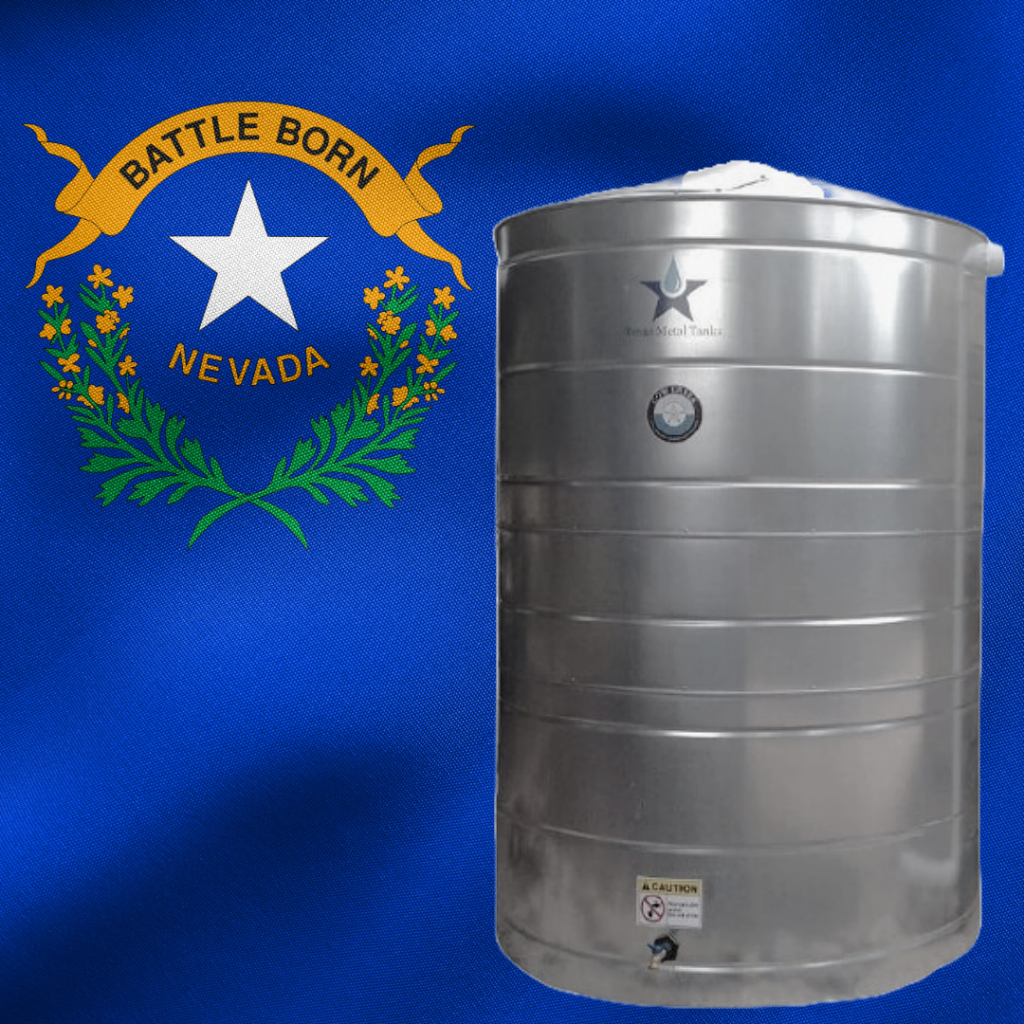
Impact on Rainwater Harvesting:
With such minimal precipitation, there’s little incentive for widespread adoption. Collecting significant amounts of water is technically challenging, and regulatory hurdles can make it even more difficult for residents looking to start a rain harvesting system.
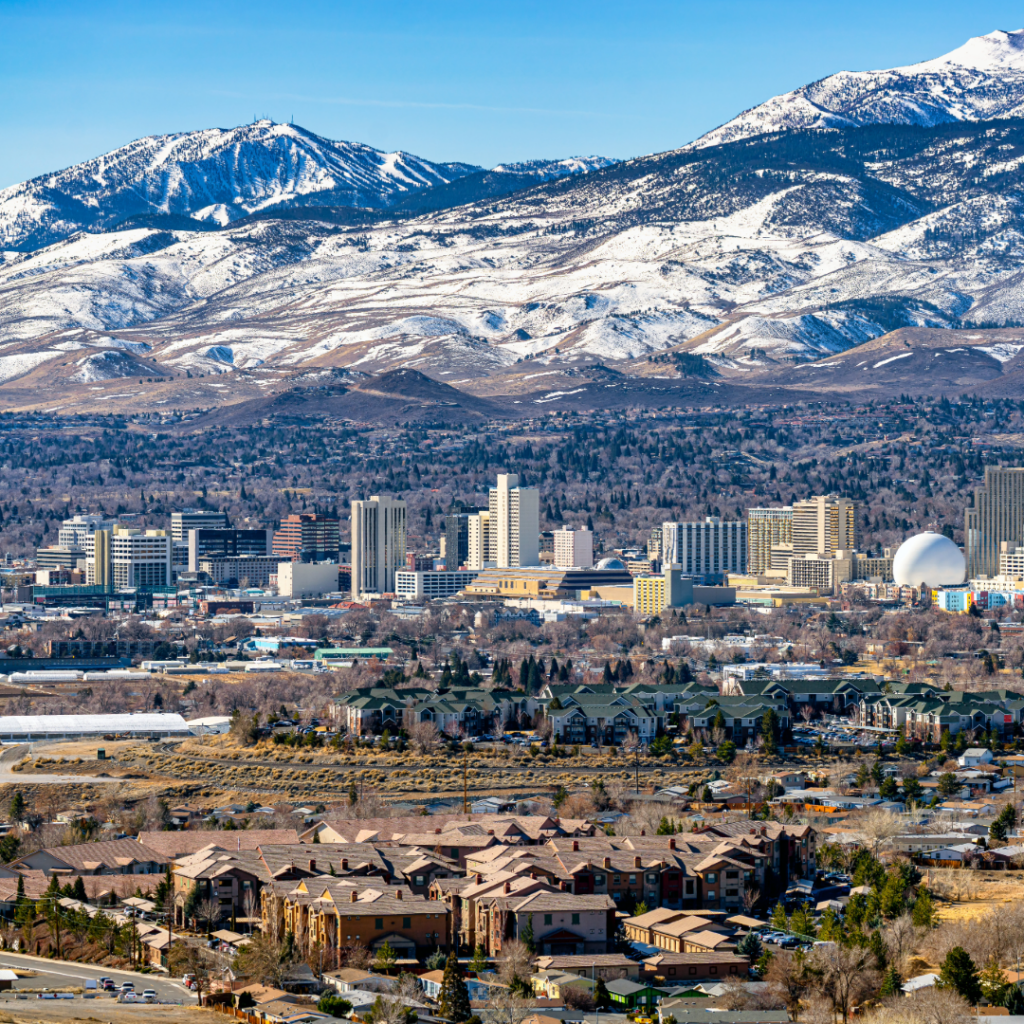
How NTO Tank Helps:
The National Tank Outlet equips residents in Nevada with highly durable tanks and accessories designed to maximize every drop of rainwater available. With options like these, NTO Tank ensures that customers can still make rainwater harvesting viable in Nevada, where every drop counts.
More on the State of Nevada and rainwater harvesting can be found in our blog here.
2. Utah
Challenges:
Utah has historically enforced strict laws on water collection due to its prior appropriation water rights laws. While there have been recent reforms allowing some residential rainwater harvesting, the law still imposes limits on how much water can be collected.
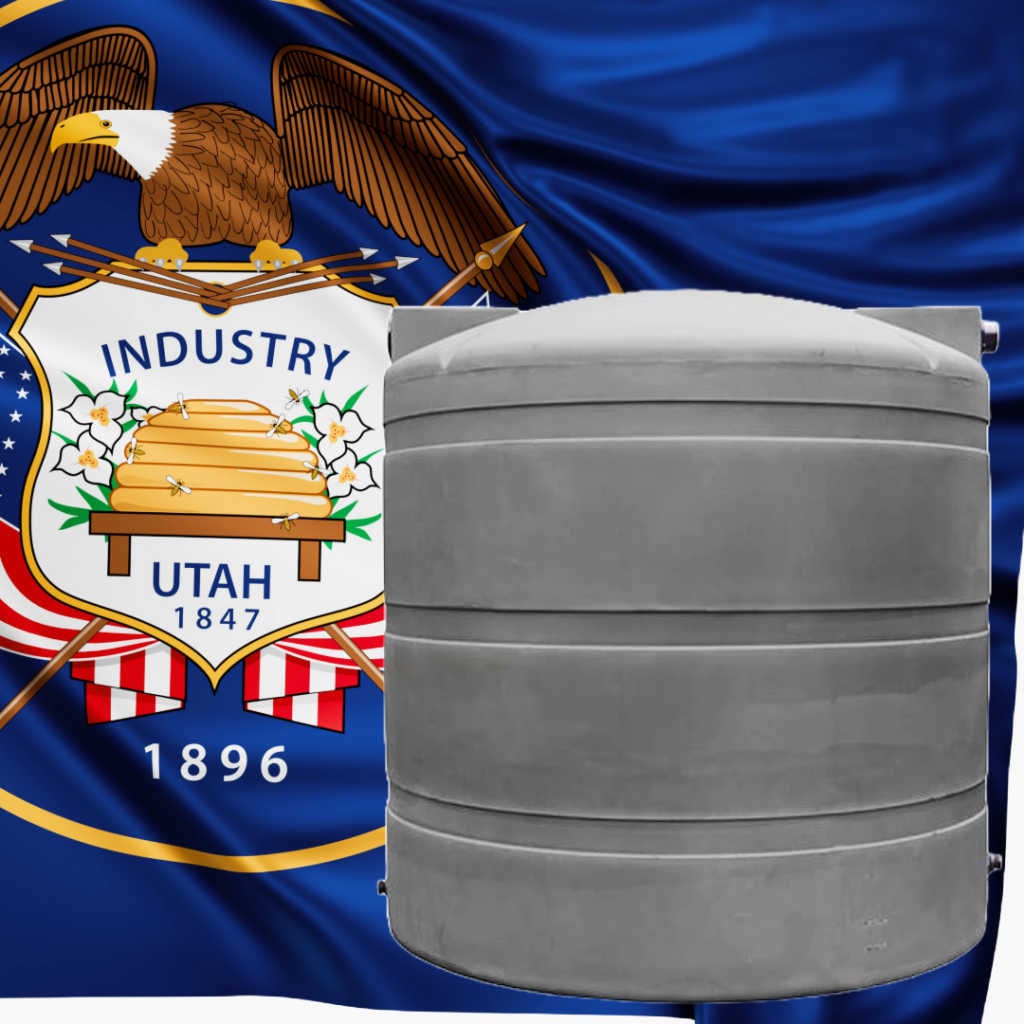
As of this writing and according to the State of Utah, you won’t need to register if you have one or two containers with a combined capacity of up to 200 gallons, as long as no single container exceeds 100 gallons. However, any container larger than 100 gallons (up to 2,500 gallons) or systems with more than two containers must be registered with the State of Utah Division of Water Rights. On top of that, much of the state receives limited rainfall, which further reduces overall potential.
Impact on Rainwater Harvesting:
The need for registration and restrictions on collection volumes can make the process feel daunting for residents. Many individuals find it challenging to justify the investment in rainwater harvesting systems when water collection is capped at a certain amount. However, the limit of 2500 gallons is still a significant amount capable of going a long way towards personal use and reducing water consumption.

How NTO Tank Helps:
NTO Tank offers a range of rain tank sizes to help Utah residents meet state regulations while still scoring the benefits of water collection. Compact tanks and efficient rain accessories can be optimized for small scale collection, making rainwater harvesting more practical even in light of the state’s restrictions.
More on the State of Utah and rainwater harvesting can be found in our blog here.
3. Georgia
Challenges:
Georgia lacks cohesive, statewide initiatives to promote rainwater harvesting. The state’s regulations on water use can be complex, with limited public awareness about the benefits of rainwater collection. Additionally, there is a lack of incentives, such as rebates or tax breaks, to encourage adoption.
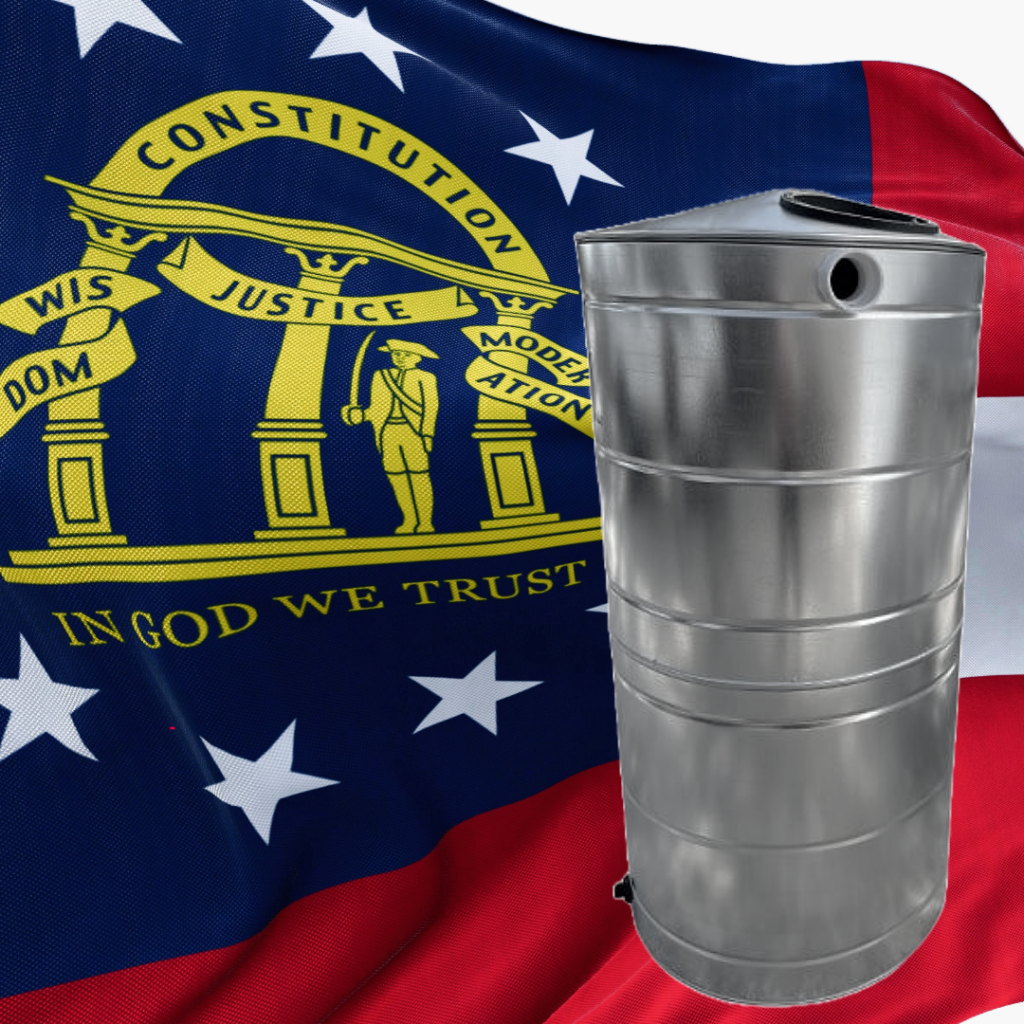
Impact on Rainwater Harvesting:
With fewer financial incentives or resources, many Georgians may find rainwater harvesting less cost effective compared to traditional water sources. This lack of support can also discourage broader public interest in sustainable water practices.

How NTO Tank Helps:
For residents who want to harvest rainwater in Georgia despite the state’s lack of support, the National Tank Outlet offers affordable and reliable solutions. Our range of rain tanks, including ANSI/NSF 61 poly tanks and metal rain tanks, provides an entry point for homeowners looking to conserve water without significant upfront costs.
More on the State of Georgia and rainwater harvesting can be found in our blog here.
4. Alaska
Challenges:
Alaska’s frigid climate presents unique challenges for rainwater harvesting. With freezing temperatures dominating much of the year and snowfall often replacing rainfall, standard rainwater collection systems may struggle to function effectively and provide sufficient water. Proper insulation and specialized equipment may be necessary to prevent freezing and keep the system working, which can make installation costly, or rainwater may only be able to be collected during the summer.
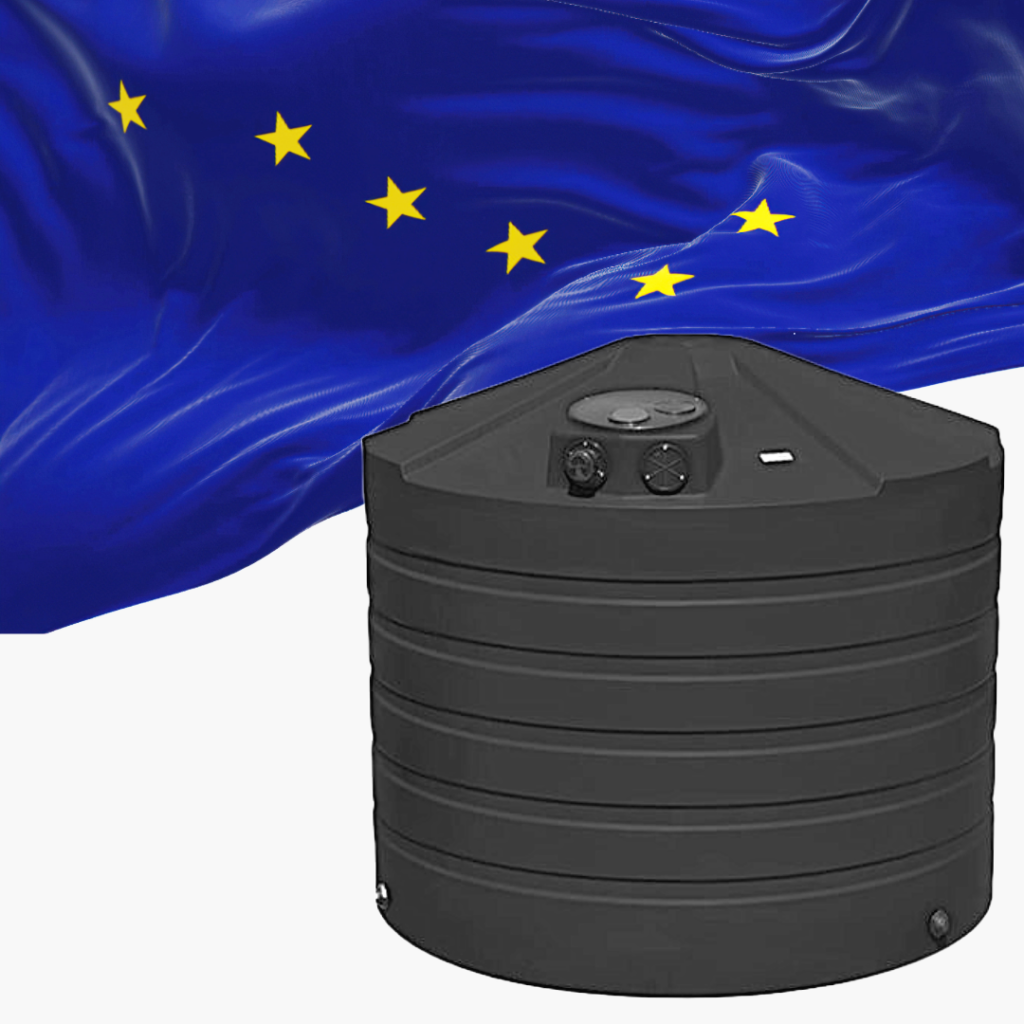
Impact on Rainwater Harvesting:
The adverse climate conditions and limited window of opportunity mean that rainwater harvesting in Alaska requires specific timing or significant investment in specialized systems designed to work in sub-zero temperatures, making it impractical for many residents.
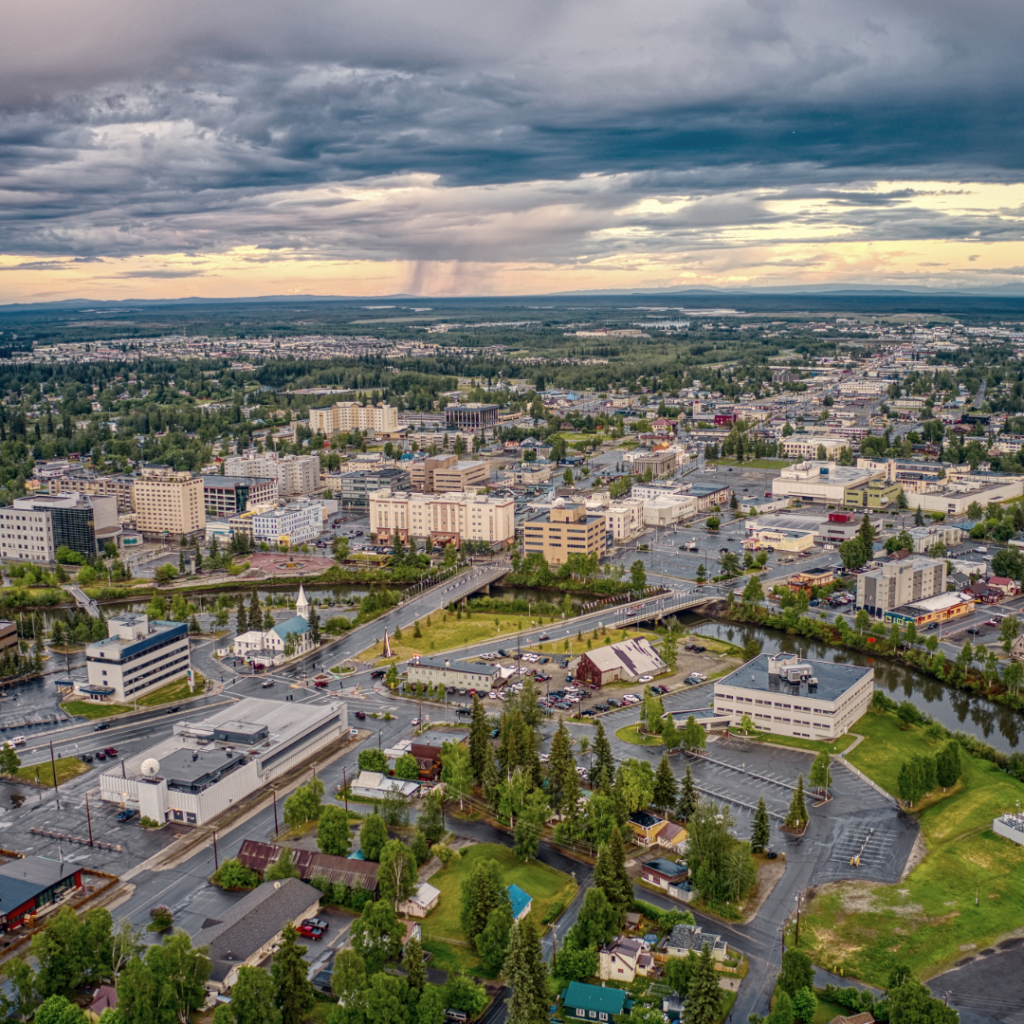
How NTO Tank Helps:
NTO Tank provides climate-resistant tanks and accessories designed to withstand even the harshest weather conditions. From insulated tanks to metal and plastic, our products can help Alaskans store and use rainwater, even in the most challenging environments.
More on the State of Alaska and rainwater harvesting can be found in our blog here.
5. Colorado
Challenges:
Colorado has long been known for its strict restrictions on rainwater harvesting. Grounded in the state’s prior appropriation water rights laws, these regulations have historically prohibited most forms of water collection, as the rain is considered to belong to downstream water users. While recent legal reforms now allow for limited collection, these restrictions still discourage large scale practice. Additionally, Colorado’s largely arid climate further limits the potential for significant rainwater collection.
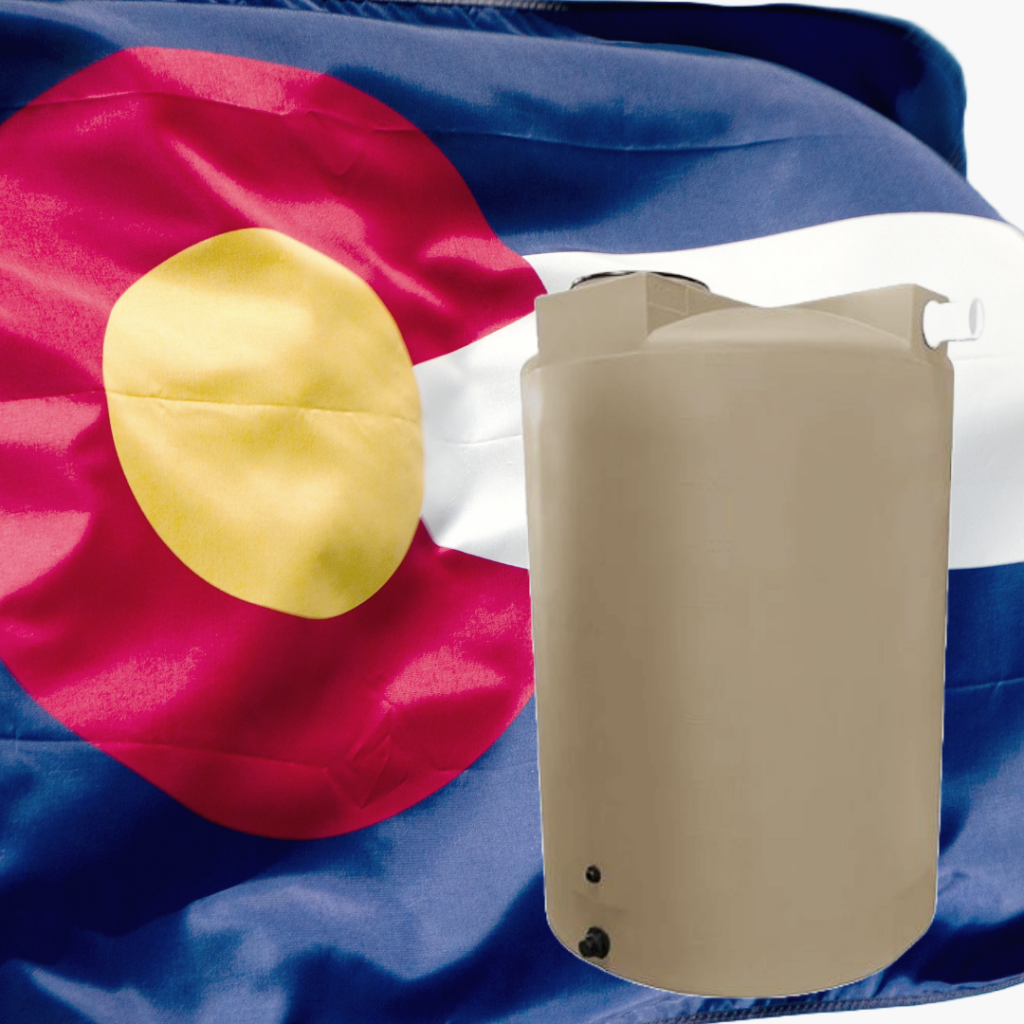
Impact on Rainwater Harvesting:
With legislative limitations and lower annual rainfall in many areas, residents may be deterred from investing in a rainwater harvesting system. As of this writing, the State of Colorado limits rainwater harvesting to a mere 110 gallons – a low amount, but still a valuable amount of water for residential landscaping activities. These constraints on collection size restrict one’s ability to scale systems for more substantial needs.
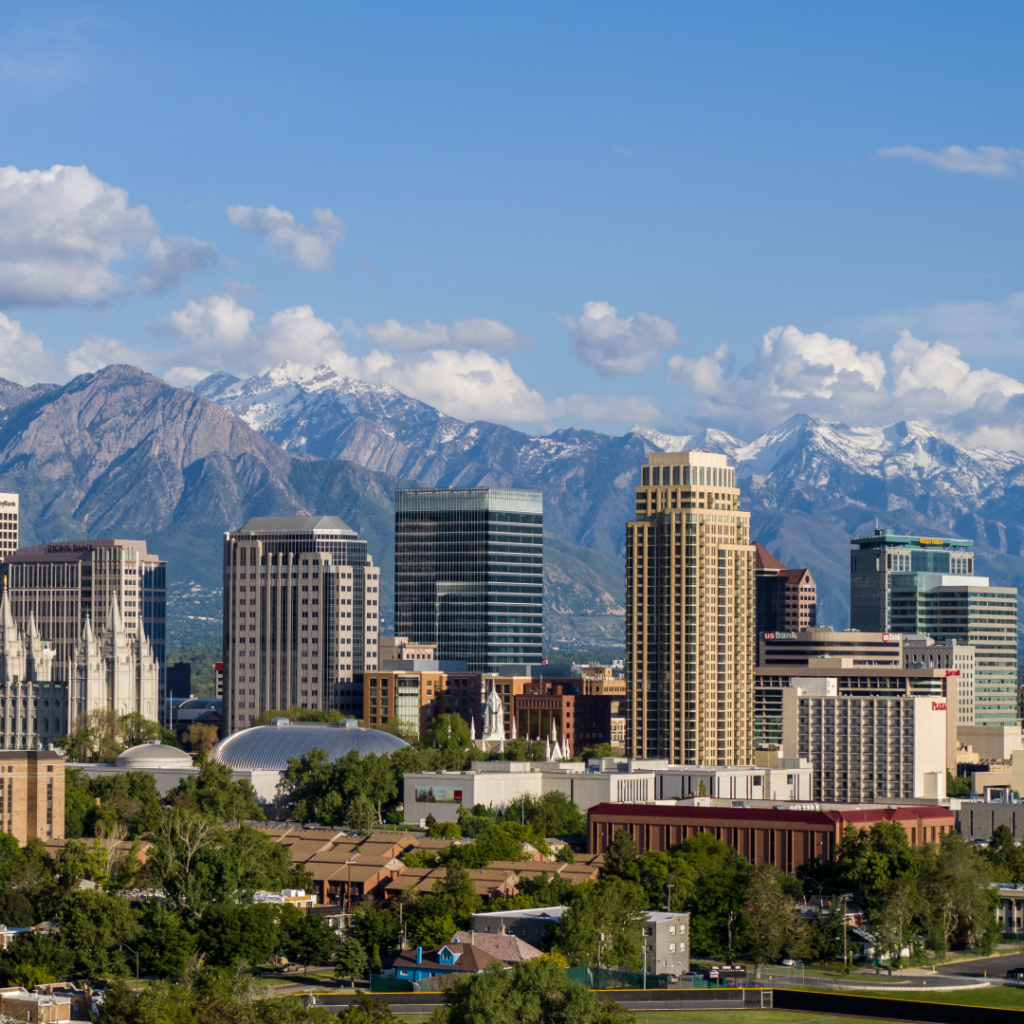
How NTO Tank Helps:
The National Tank Outlet offers a few small rainwater collection tanks under the 110 gallon limit that can be used to successfully comply with Colorado’s legal framework while maximizing the practice within the state’s permitted limits. These tanks enable residents to collect and store rainwater effectively, taking advantage of every allowable gallon.
More on the State of Colorado and rainwater harvesting can be found in our blog here.
Takeaway
Rainwater harvesting is an invaluable tool, growing in popularity for sustainable water conservation, but as we’ve highlighted here, it’s not without its challenges. Certain parts of the U.S., states like Nevada, Utah, Georgia, Alaska, and Colorado face hurdles such as minimal rainfall, extreme climates, and restrictive regulations that make starting more difficult. Yet, with water conservation remaining a high priority goal, solutions are within reach, even under these challenging conditions.
At the National Tank Outlet, we specialize in helping customers overcome the toughest obstacles to rainwater harvesting, and we have a blog full of information and resources dedicated to rainwater harvesting. In our store, we have a full list of modern, durable, regulation-compliant, customizable rain tanks as well as rain accessories designed for all environments, whether you’re battling arid conditions, cold climates, or legal restrictions.
Don’t let challenges stand in your way of water conservation by harvesting rainwater. Visit our product catalog today and discover how NTO Tank can make rainwater harvesting a reality for your home, farm, or business – no matter where you are.